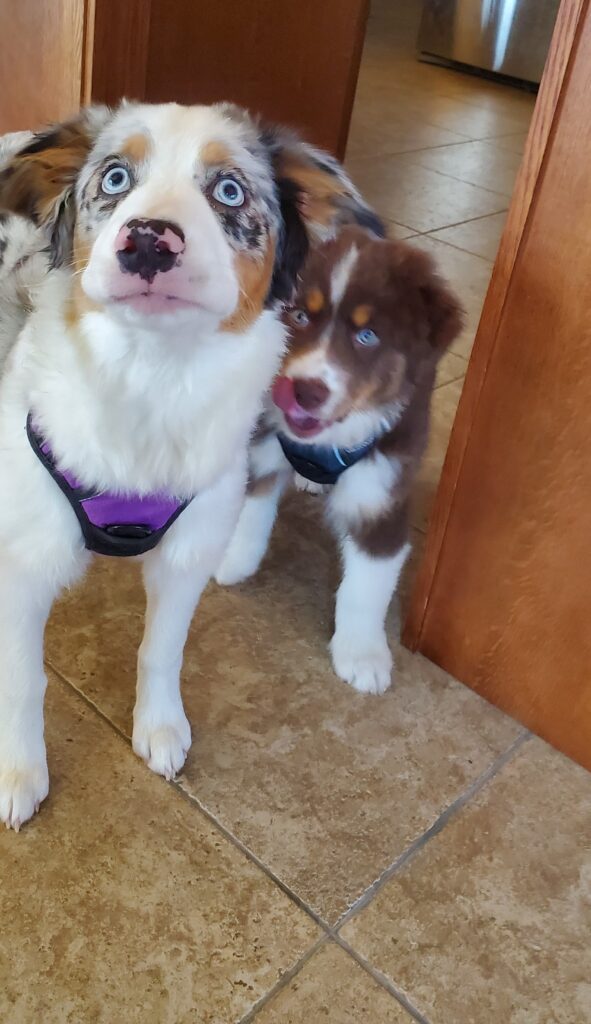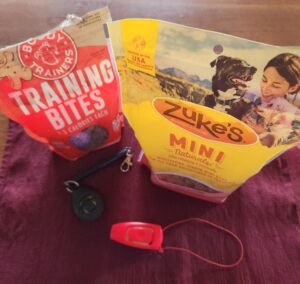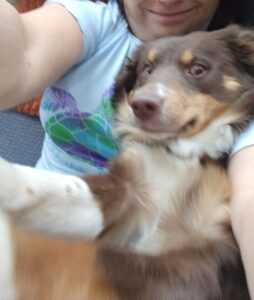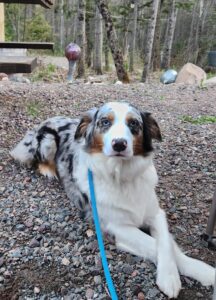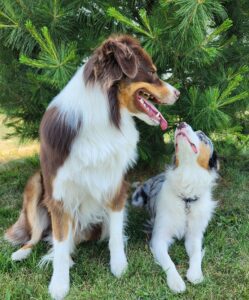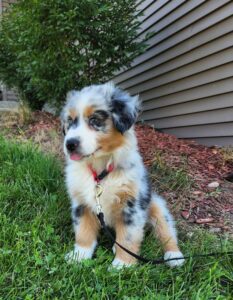I’ve realized the importance of providing concrete examples to illustrate how different temperament traits will manifest as your puppy grows. This allows you to visualize how the puppy will fit into your lifestyle and gives you valuable insight to consider when evaluating your options. Without this understanding, it’s challenging to make an informed decision about which puppy is the best match for your family or grasp the level of commitment required to meet their needs.
Below, I’ve included examples to assist you in your decision-making process. It’s important to remember that there’s no such thing as a perfect puppy or companion. Each puppy comes with its own challenges and unforeseen obstacles. For instance, if your puppy experiences an attack at a dog park, they may develop fearfulness or reactivity towards other dogs. In such situations, immediate counter conditioning is essential to prevent long-term fear issues.
Utilize the puppy scorecards to determine how the tested trait aligns with the puppy you are considering.
Assertive (high) vs. Submissive (low):
This trait is stable. Imagine your child holding a piece of pizza. An assertive dog will confidently approach the child and snatch it away without hesitation. Conversely, a submissive pup will cautiously inch towards the child, scanning the surroundings nervously. They may pause frequently, glancing around for any sign of adult supervision before tentatively attempting to take the pizza. Occasionally, they succeed, but if the child asserts themselves in time with a firm “NO,” the dog will back off, respecting their boundaries.
Confidence (low or medium)/ Nerve Strength (low or medium):
These traits are adjustable through training. It’s crucial not to coddle or use baby talk, as it can reinforce fear in puppies lacking confidence or nerve strength. Socialization may be a lengthier process in such cases. For instance, suppose you aim to eventually take your puppy to the park or accompany your child to the playground. In that case, you must gradually acclimate the pup to such outings; they cannot magically adapt when they reach a certain age. On Day 1, start by sitting quietly on a bench in the park until the pup settles, then leave. No meeting new people. Repeat this process on Day 2, but move closer to the playground. On Day 3, sit right beside the playground, politely declining any attempts from others to interact with your pup, explaining they are in training. Wait until the pup is calm before leaving, without applying any pressure. It’s essential to respect these puppies’ needs by allowing them to progress at their own pace, without forcing or enabling them. Building confidence comes through respect and understanding, not coercion.
Motivation (low):
This trait is stable. For a puppy with low motivation, identifying what they value is crucial for effective training. Whether it’s treats, physical affection, or toys, tailor your training sessions accordingly, keeping them short and enjoyable. If you seek a puppy that obediently follows your lead with admiration, this may not be the ideal choice, as they require extra effort to motivate. It’s essential to establish a strong bond and leadership structure from the start. Feeding by hand can foster this bond, emphasizing that you provide for them and fostering mutual respect and value.
Touch Tolerance (low):
This trait is adjustable. At present, this puppy isn’t particularly fond of frequent physical affection. They tend to prefer it on their own terms and may not appreciate unsolicited affection from unfamiliar individuals. If you have children at home, it’s important to educate them about respecting the puppy’s boundaries, such as refraining from touching them while they’re sleeping or disturbing them when they’re in their kennel. If you’re seeking a highly affectionate dog, it may be advisable to explore other options.
Energy Level (high):
This trait is stable. Are you prepared to commit to providing this puppy with the increased mental stimulation and physical activity they require? This may involve waking up earlier for longer walks, engaging in additional training sessions, introducing challenging games and puzzles, and more. It’s essential to consider your pup’s needs before planning activities like going to a movie or dinner after work. Do you enjoy activities such as playing, hiking, swimming, or walking, and do you have support from family members? Hand feeding, sitting on the dog — (this is where you sit on the leash-not the dog 😉 — for them to become accustom to being restrained), and tether training are valuable techniques for managing high-energy puppies. Do you have access to a trainer if assistance is needed? It’s vital for these puppies to develop self-control and focus, so avoid rewarding overly excited behavior. For instance, if your pup becomes excited to meet new people at the park, refrain from allowing petting until they are calm. Consistency is key, so when presenting the food bowl and the puppy is barking/excited, wait until the puppy settles and sits before feeding. Teaching the puppy manners is important and sitting for things before they get to proceed with something provides needed boundaries (sit before going out the door, sit before eating, sit before getting pet, etc.)
Prey Drive/Nose Drive (high):
This trait is stable. This puppy easily becomes aroused by both sight and smell stimuli. It’s essential to establish a routine for channeling this energy appropriately, such as engaging in activities like playing fetch or going on long hikes. Additionally, family training to the treat game where no one pursues or takes items from the puppy.
Human Focus (low):
This trait is stable. This puppy’s greatest affections lie with other dogs, toys, or other interests. If you’re seeking a dog that forms a strong attachment to you above all else, it’s advisable to explore other options better tailored to your requirements.
Conclusion:
Understanding the intricacies of a puppy’s temperament is crucial in selecting the right companion for your lifestyle. Each puppy has its own unique traits and needs, and it’s essential to match these with your own preferences and capabilities. Whether it’s assertiveness, confidence, motivation, or energy levels, being aware of these factors allows for better preparation and adjustment. By considering these aspects and committing to providing the necessary care, training, and attention, you can build a fulfilling and harmonious relationship with your puppy. Remember, choosing a puppy is not just about finding the cutest or most appealing one; it’s about finding the best fit for your family and lifestyle.

